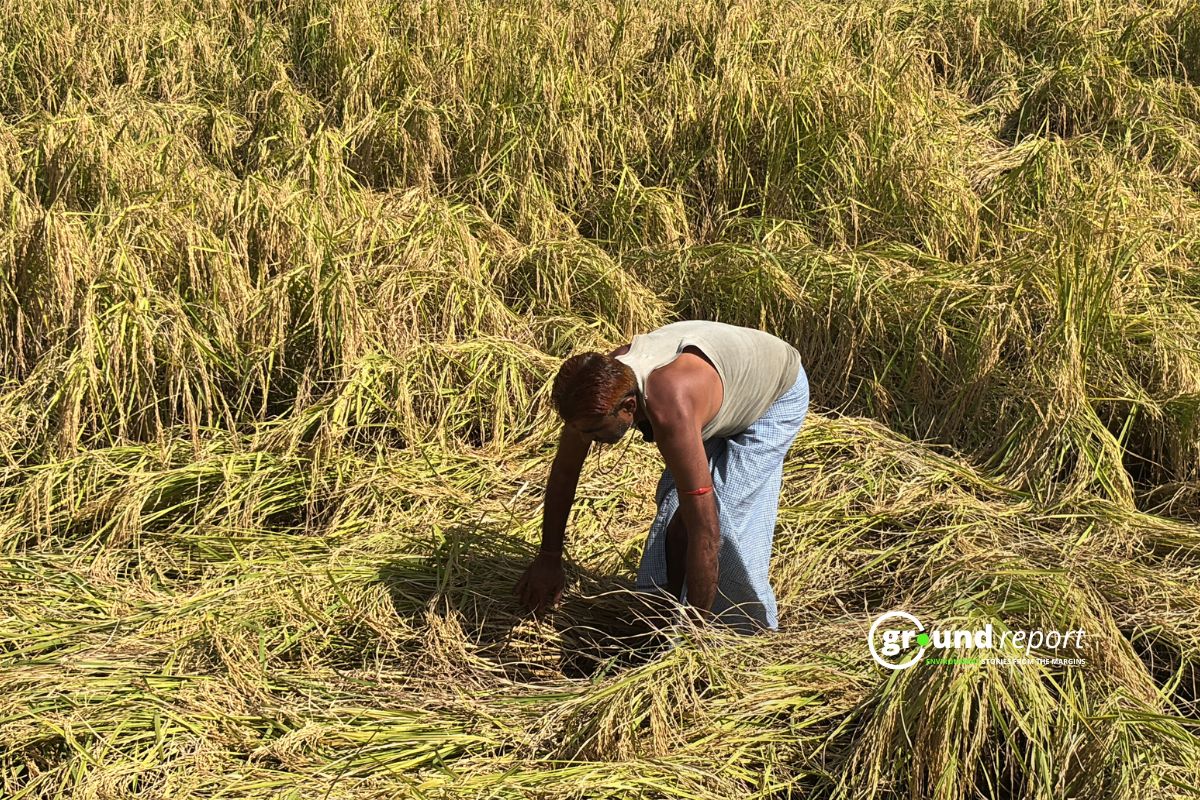At COP27 in Egypt, Pakistan’s prime minister made an urgent appeal: millions of lives had been upended by catastrophic floods, and vulnerable countries needed help coping with climate change’s irreversible toll.
A year later at COP28 in Dubai, a landmark decision was made — wealthy nations would establish a Loss and Damage Fund to support the most affected communities in recovering from extreme weather and the relentless impacts of rising seas and shifting climate patterns.
COP29 focuses on Loss, Damage
As COP29 unfolds in Azerbaijan, the task ahead is to operationalise the Loss and Damage Fund and ensure that financial assistance reaches the most climate-vulnerable communities swiftly and effectively.
This year’s COP includes not just establishing transparent guidelines but integrating Indigenous knowledge into decision-making.
There are several ways the fund will support the most vulnerable.
First, it will help with recovery efforts such as rebuilding damaged homes and infrastructure after extreme weather events occur. The fund will target the losses that are unavoidable.
For example, communities in coastal areas will receive funds to help them manage the impacts of climate change longer term. This is an important point because it accepts for the first time that climate change damages are unavoidable thus mitigation is no longer an option for many of the most vulnerable.
The fund will be used towards consulting vulnerable communities to be involved in decision-making.
It helps to recognise that people and communities in these areas are their own experts and understand better how best to deal with the worsening situation of climate change in their local area. They would therefore be in the best position to communicate about their lives, and what would help them and not help them.
Community-centered planning, transformative shift
Conventional climate policy planning at previous COPs has never made community involvement in financial decision-making an explicit priority or how aid or funds should be channelled. It will be interesting to see how this plays out in countries where democratic engagement opportunities are less common.
The fund is set to introduce community-centred planning, drawing on methods from traditional community development models that emphasise justice and agency applying what in social research we have called the principles of co-production and engagement.
For communities frequently sidelined in democratic processes, this approach may represent a transformative shift.
The fund will use their voices to help create resettlement and livelihood programmes, balancing pragmatism with principles.
Indigenous communities around the world have a profoundly spiritual and cultural relationship with their natural environment. It is their ancestral land and their identities are knitted by this tie that they have with nature.
These experiences shape their tradition, language and social systems. For example, they would live, hunt, grow and prepare meals within the forest that they live in.
They might make herbal medicines from scratch, study their environment closely when weather patterns change and over the generations grow old using passed down knowledge from their elders.
Indigenous knowledge supports climate action
Malaysia is home to a diverse population including its Indigenous communities, the Orang Asli’(usually refers to the Indigenous Peoples of Peninsular Malaysia) and Orang Asal (term typically used to refer to the Indigenous Peoples of Sarawak and Sabah) or “the original people” (sometimes also interchangeably used to define both groups).
The Orang Asli comprise several ethnic groups, each with its own unique language, culture and tradition. For centuries, the Orang Asli have lived in harmony with the forest, developing a profound understanding of the natural world that aligns with the principles of sustainability and resilience.
These communities have a deep-rooted and enduring relationship with the country’s natural environment and resources, offering invaluable insights into sustainable living and environmental conservation. Their knowledge and practices can significantly contribute to Malaysia’s climate action goals.
Orang Asli communities possess a wealth of traditional ecological knowledge that can provide valuable insights into addressing climate change. This knowledge, honed over centuries of living in harmony with nature, offers localised solutions that can complement and enhance national climate action plans.
These communities have a profound understanding of local ecosystems including forest ecology, water cycles, and biodiversity patterns.
They have also developed resilient practices to cope with climate variability and often practise community-based conservation and protect forests and wildlife. This knowledge is useful to inform climate models, predict climate impacts and develop effective adaptation strategies.
Malaysia’s participation in COP 29 presents an opportunity to showcase the valuable contributions of Indigenous communities to climate action.
By incorporating Indigenous knowledge and practices into national climate policies, Malaysia can develop climate-resilient strategies that are grounded in local knowledge and community-led initiatives, foster sustainable development pathways that respect and protect Indigenous rights and livelihoods, protect biodiversity hotspots and critical ecosystems through indigenous-led conservation efforts and share the experiences and knowledge of Indigenous communities with the global community to inspire climate action.
The Orang Asli’s deep connection to nature and their traditional ecological knowledge make them invaluable partners in addressing climate change. By recognising and valuing their contributions, Malaysia can not only enhance its climate action efforts but also promote social justice and environmental sustainability.
This content is originally published under the Creative Commons license by 360info™. The Ground Report editorial team has made some changes to the original version.
Support us to keep independent environmental journalism alive in India.
Keep Reading
Watch: Kashmir experiences first snowfall of season after dry spell
Amarnath Yatra: Tackling rising death toll from extreme weather events
Tourists arrival in Kashmir break records, a need to regulate it?
From tourist paradise to waste wasteland: Sindh River Cry for help
Follow Ground Report on X, Instagram and Facebook for environmental and underreported stories from the margins. Give us feedback on our email id greport2018@gmail.com.
Don’t forget to Subscribe to our weekly newsletter, Join our community on WhatsApp, and Follow our YouTube Channel for video stories.






